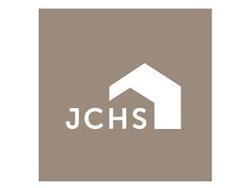Housing Not Adequate for Wave of Boomers
Cambridge, MA, Sept. 15, 2014 -- America’s older population is in the midst of unprecedented growth, but the country is not prepared to meet the housing needs of this aging group, concludes a new report by the Harvard Joint Center for Housing Studies and AARP Foundation.
According to the report, Housing America’s Older Adults—Meeting the Needs of An Aging Population, the number of adults in the U.S. aged 50 and over is expected to grow to 133 million by 2030, an increase of more than 70 percent since 2000.
But housing that is affordable, physically accessible, well-located, and coordinated with supports and services is in too short supply.
High housing costs currently force a third of adults 50 and over—including 37 percent of those 80 and over—to pay more than 30 percent of their income for homes that may or may not fit their needs, according to the report.
Much of the nation’s housing inventory also lacks basic accessibility features, preventing older persons with disabilities from living safely and comfortably in their homes.
“Recognizing the implications of this profound demographic shift and taking immediate steps to address these issues is vital to our national standard of living,” says Chris Herbert, acting managing director of the Harvard Joint Center for Housing Studies.
Of special concern as the older population in the U.S. continues to swell are the younger baby boomers who are now in their 50s. With lower incomes, wealth, homeownership rates, and more debt than generations before them, members of this large age group may be unable to cover the costs of appropriate housing or long-term care in their retirement years.
